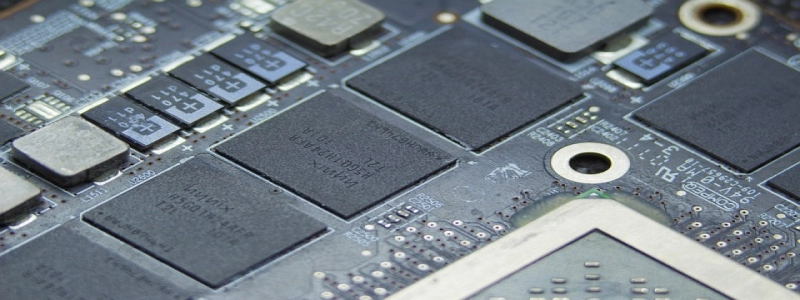Attenuation Circuit
Introduction:
An attenuation circuit, also known as a voltage divider, is an electrical circuit that is used to reduce the amplitude of a voltage signal without significantly affecting its shape. This circuit is commonly used in various applications, such as audio systems, telecommunications, and instrumentation.
I. Basic Principle:
The basic principle of an attenuation circuit is to divide the input voltage into two or more parts using resistors. This division of voltage is achieved by connecting the resistors in series. The ratio of the resistances determines the amount of attenuation, with higher resistance values resulting in greater attenuation.
II. Circuit Configuration:
There are two common configurations for an attenuation circuit: the \”T\” configuration and the \”π\” configuration. In the \”T\” configuration, two resistors are connected in series between the input and output terminals, with a third resistor connected between the junction of the two resistors and the output terminal. The \”π\” configuration is formed by connecting two resistors in parallel between the input and output terminals, with a third resistor connected between the junction of the two resistors and the output terminal.
III. Calculation of Attenuation:
The attenuation of an attenuation circuit can be calculated using the formula:
Attenuation (in dB) = 20log(Vout/Vin),
where Vout is the output voltage and Vin is the input voltage.
IV. Application Examples:
1. Audio Systems: Attenuation circuits are commonly used in audio systems to control the volume. By adjusting the resistance values, the amplitude of the audio signal can be reduced to the desired level.
2. Telecommunications: Attenuation circuits are used in telecommunications to prevent signal distortion or overload. They help to regulate the strength of the signal during transmission, ensuring clear and reliable communication.
3. Instrumentation: Attenuation circuits are utilized in instrumentation to measure high voltage signals accurately. By attenuating the voltage, the signal can be brought within the range of the measuring instrument’s capabilities.
V. Advantages and Limitations:
Attenuation circuits offer several advantages, including simple design, low cost, and ease of implementation. They also provide flexibility in controlling signal levels. However, they have certain limitations, such as the possibility of introducing noise and signal degradation due to the use of resistors. Careful selection of resistor values and proper circuit design can minimize these drawbacks.
Conclusion:
In summary, attenuation circuits play a crucial role in various electrical applications by reducing the amplitude of voltage signals. Their simple design and effectiveness make them essential components in audio systems, telecommunications, and instrumentation. Understanding the basic principles and configurations of attenuation circuits allows for their appropriate utilization and ensures optimal performance.








